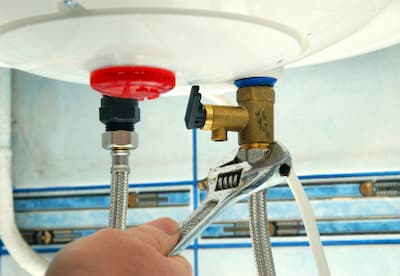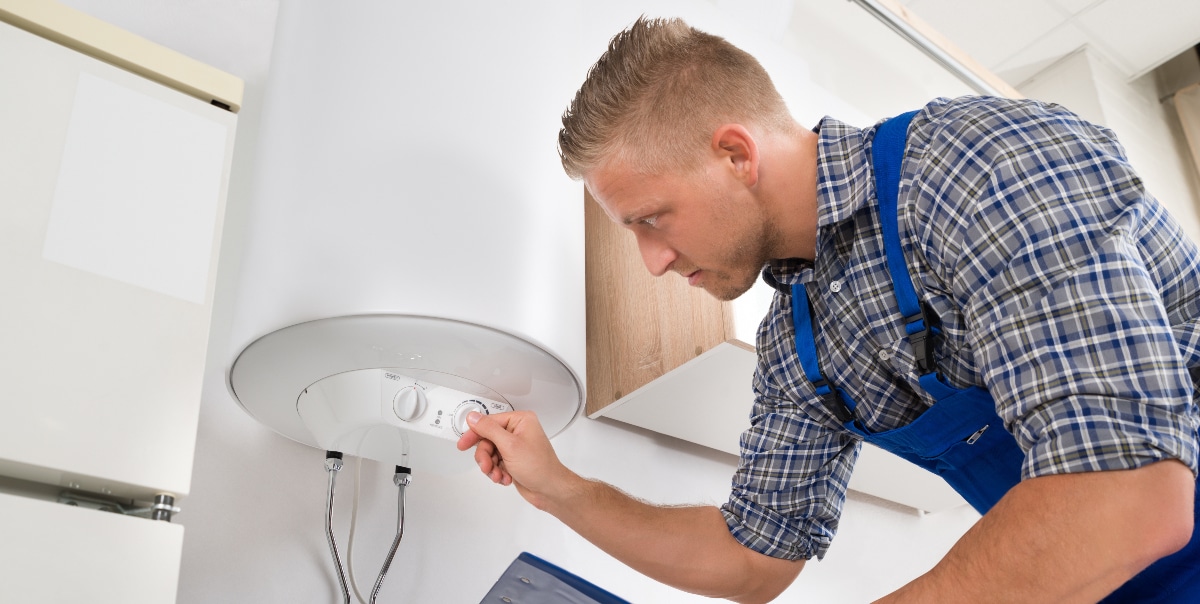Important Care Tips for Your Home's Hot Water System
Important Care Tips for Your Home's Hot Water System
Blog Article
Any individual will have their own individual opinion about How to Maintain a Hot Water Heater in a Few Simple Steps.

Warm water is important for day-to-day convenience, whether it's for a refreshing shower or washing recipes. To ensure your hot water system runs efficiently and lasts longer, normal upkeep is essential. This post gives useful ideas and understandings on how to keep your home's hot water system to prevent interruptions and pricey repairs.
Introduction
Preserving your home's warm water system could appear daunting, yet with a few easy actions, you can guarantee it runs efficiently for years to come. This guide covers everything from comprehending your hot water system to DIY maintenance ideas and recognizing when to call professional aid.
Value of Keeping Your Warm Water System
Normal upkeep not just extends the lifespan of your hot water system but likewise guarantees it runs efficiently. Neglecting maintenance can result in decreased effectiveness, higher energy expenses, and even premature failing of the system.
Indicators Your Warm Water System Requirements Maintenance
Knowing when your warm water system requires interest can avoid major concerns. Keep an eye out for indications such as inconsistent water temperature, weird sounds from the heating unit, or rusty water.
Flushing the Hot Water Heater
Purging your hot water heater eliminates sediment buildup, boosting effectiveness and extending its life.
Checking and Changing Anode Rods
Anode poles protect against deterioration inside the container. Checking and replacing them when worn is essential.
Complex Issues Calling For Specialist Help
Instances consist of major leakages, electric issues, or if your water heater is continually underperforming.
Regular Professional Maintenance Advantages
Professional upkeep can consist of extensive evaluations, tune-ups, and ensuring conformity with security standards.
Inspecting and Readjusting Temperature Level Settings
Adjusting the temperature level settings ensures optimum efficiency and safety.
DIY Tips for Upkeep
You can carry out several upkeep tasks yourself to maintain your hot water system in leading problem.
Checking for Leakages
On a regular basis examine pipes and links for leaks, as these can bring about water damage and greater bills.
Recognizing Your Warm Water System
Before diving right into maintenance jobs, it's practical to understand the standard elements of your hot water system. Normally, this includes the hot water heater itself, pipes, anode poles, and temperature controls.
Monthly Upkeep Tasks
Regular regular monthly checks can help capture minor concerns before they rise.
Evaluating Stress Relief Valves
Examining the pressure safety valve ensures it operates correctly and protects against excessive stress buildup.
Shielding Pipes
Protecting warm water pipes lowers warm loss and can conserve energy.
When to Call an Expert
While DIY upkeep is useful, some concerns require specialist proficiency.
Verdict
Regular maintenance of your home's warm water system is important for effectiveness, long life, and cost savings. By adhering to these tips and understanding when to look for professional assistance, you can make sure a reliable supply of hot water without unanticipated disruptions.
Water Heater Maintenance Tips
Test the TPR Valve
Shut off the power and the cold-water supply valve. Place a bucket under the pipe connected to the temperature-pressure-release (TPR) valve on the top or side of the tank. (This valve opens if the tank pressure gets too high.) Lift the valve’s tab to let some water out, then let go. If water keeps flowing, drain the tank partway, unscrew the old valve with a pipe wrench, and install a new one. Check the Anode Rod
Put a hose to the tank’s drain cock and let out a few gallons of water. Now fit a 1 1/16-inch socket onto the rod’s hex head on top of the heater (or under its top plate) and unscrew the rod. If it’s less than ½ inch thick or coated with calcium, buy a new one, wrap its threads with Teflon tape, put it back in the tank, and tighten securely. Use this segmented rod if headroom above the tank is limited. Drain the Tank and Wash Out Sediment
Drain the remaining water in the tank into the bucket, then stir up the sediment on the tank’s bottom by briefly opening the cold-water supply valve. Drain and repeat until clean water comes out of the hose. Close the drain cock, refill the tank, and turn its power back on. Adjust the Temperature
Find the temperature dial on the side of the tank and unscrew its cover. Adjust the dial to 120 degrees using a flathead screwdriver. For every 10 degrees the temperature is lowered, you can expect to save up to 5 percent in energy costs. Turn the water heater off or the thermostat down to its lowest setting if you plan to be away from home for more than three days. Insulate the Pipes
Buy some self-sticking 3/8-inch-thick foam pipe insulation that matches the pipes’ diameter. Slide the foam over the hot-and cold-water pipes as far as you can reach. Insulating the cold-water pipe prevents condensation in summer. Peel the tape and squeeze the insulation closed. If the pipe is 6 inches or less from the flue, cover it with 1-inch-thick unfaced fiberglass pipe wrap. https://www.thisoldhouse.com/plumbing/21016402/how-to-maintain-a-water-heater

Do you like more info about Water Heater Maintenance Tips You Can't Afford to Forget? Try leaving a comment directly below. We would be delighted to hear your insights about this write-up. In hopes to see you back again before long. Loved our blog entry? Please quickly share it. Let someone else find it. Thanks for your time. Return soon.
Call Today Report this page